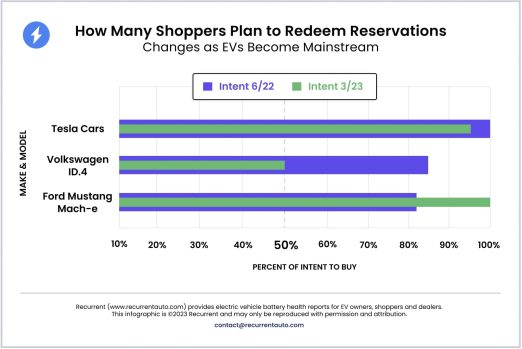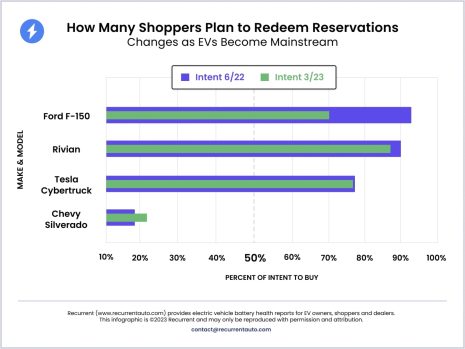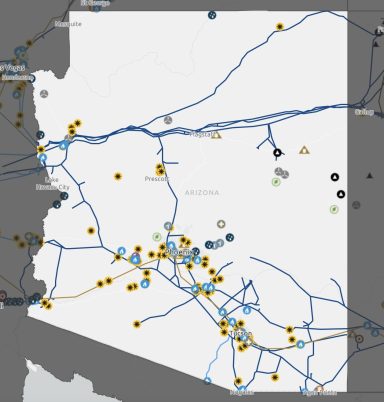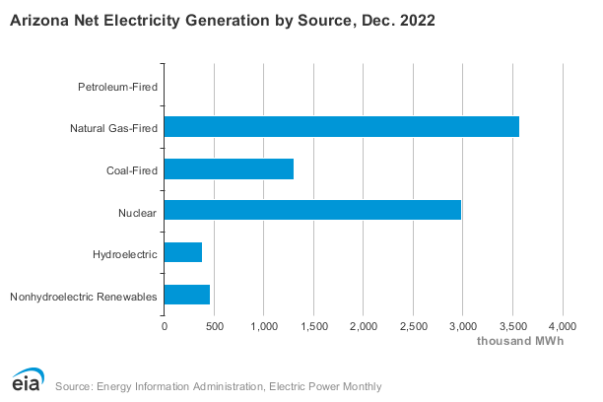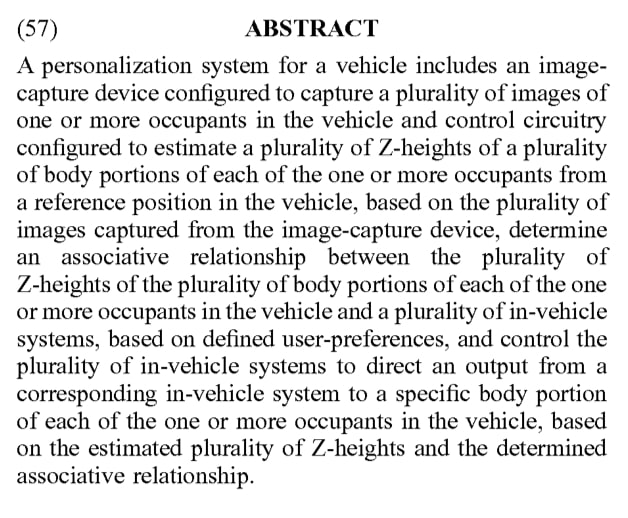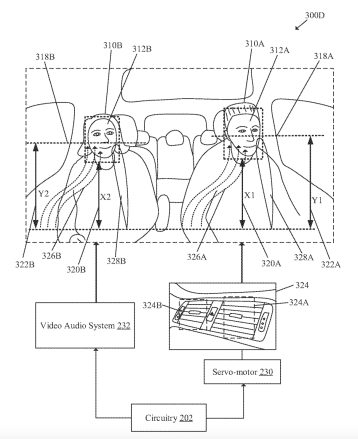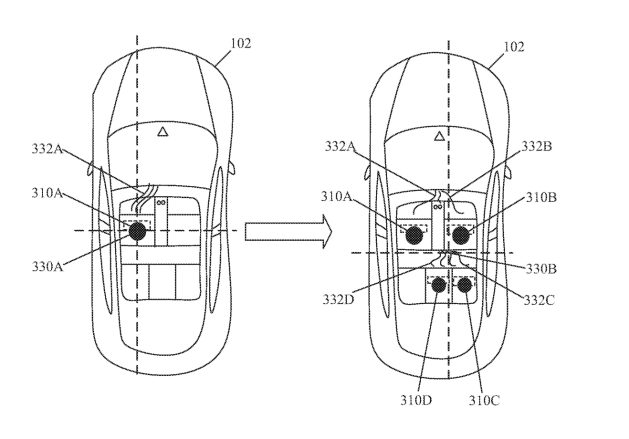According to a new survey, Tesla Cybertruck reservation holders still firmly intend to buy, years after the initial announcement.
The car reservation system has dramatically grown in popularity since Tesla made it a core part of its brand, and it’s no wonder why. By allowing customers to reserve a vehicle ahead of time, automakers gain an additional stream of revenue, an easy gauge of interest in its upcoming model, and even a reduction of required storage space. Now, ahead of the Tesla Cybertruck’s launch later this year, surveyed reservation holders appear dedicated to still buying, even years after the vehicle was announced.
The survey, conducted by Recurrent Auto, first gauged customers’ intent to buy different reserved models in June of last year but has since been updated with a replicated survey from last month. Recurrent found that Tesla vehicles, including the Cybertruck, had an exceptionally high intent to buy, especially compared to some more recently announced electric vehicles.
According to its findings, roughly 75% of Cybertruck reservation holders plan to purchase the vehicle, which essentially remains unchanged from last year. Other vehicles with a strong “intent to buy” include the Rivian R1T and R1S, the Ford F-150 Lightning and Mustang Mach-E, and the Aptera. On the other hand, the Chevrolet Silverado EV had the least intent to buy, with just over 20% of reservation holders planning to go through with their purchase.
Strangely, truck buyers, in particular, held a large number of reservations from numerous different brands, primarily consisting of the Ford F-150 Lightning, Rivian R1T, and Tesla Cybertruck.
Luckily, Tesla Cybertruck buyers shouldn’t have too much time to wait, especially as more production equipment comes online at the Giga Texas facility where the electric truck will be produced. On top of this production readiness, there have been a growing number of sightings of the Cybertruck, indicating that a final prototype design has been made, and is now entering final regulatory certification.
What do you think of the article? Do you have any comments, questions, or concerns? Shoot me an email at william@teslarati.com. You can also reach me on Twitter @WilliamWritin. If you have news tips, email us at tips@teslarati.com!


